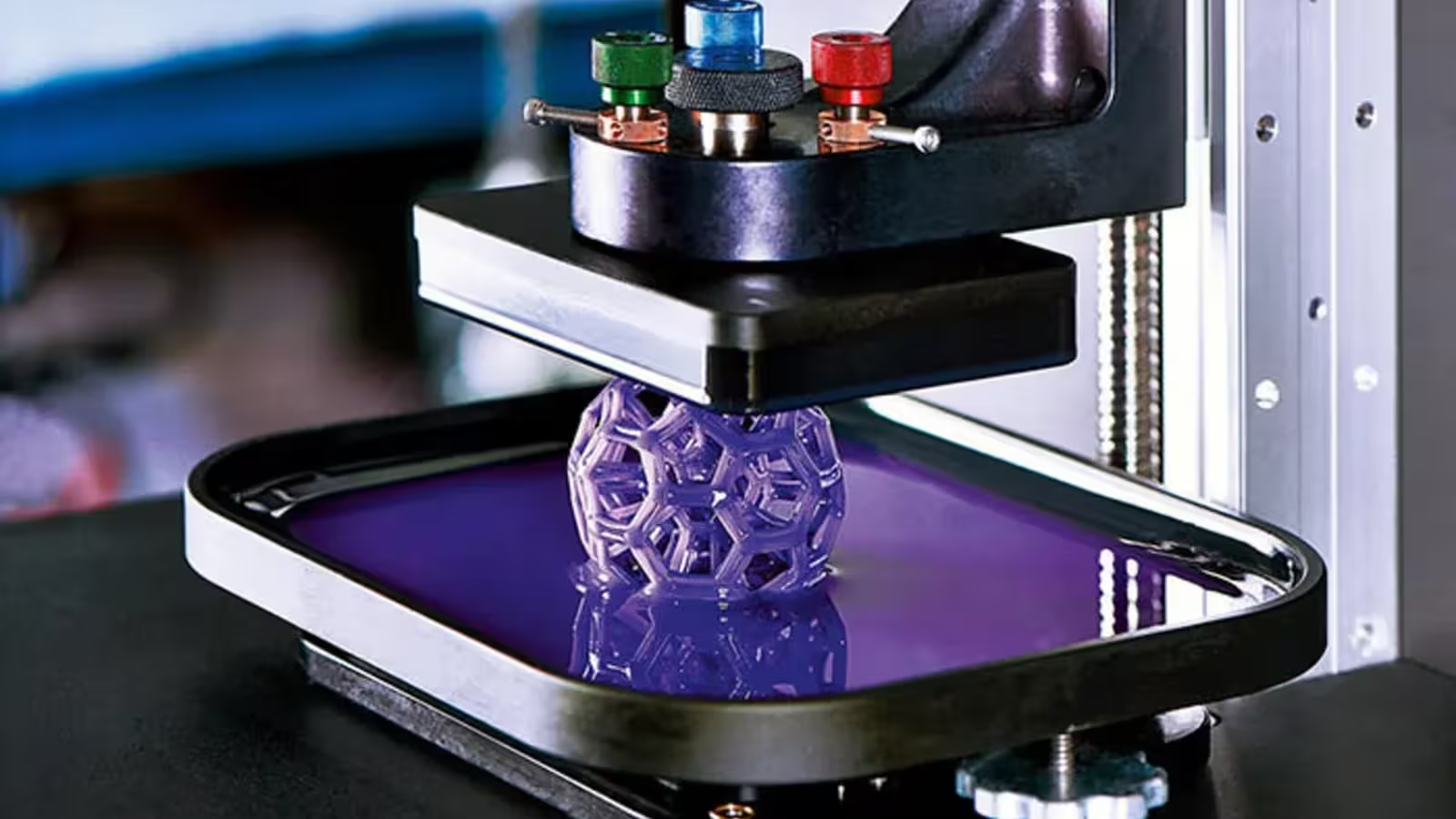3 Minutes
Revolutionizing 3D Printing: Identifying Makers with AI Precision
Imagine being able to instantly determine which specific 3D printer produced a particular object – even among devices from the same brand and model. Thanks to recent advances in artificial intelligence, this is no longer a futuristic concept but a technological reality.
Breakthrough Research from the University of Illinois
A research team led by Professor Bill King at the University of Illinois has developed a cutting-edge AI system capable of identifying the exact 3D printer that manufactured an object with stunning accuracy. 3D printers, it turns out, leave behind unique microscopic patterns – an ‘individual fingerprint’ – on every item they produce. These subtle distinctions are invisible to the naked eye but can now be detected and analyzed through advanced machine learning algorithms.
Machine Learning at Work: How the System Operates
To train the AI-based recognition system, the research team fed it 9,192 high-resolution images of 3D printed parts, which were produced by 21 different printers spanning six major brands and utilizing four printing processes. After this robust training phase, the AI was able to pinpoint the originating printer for a printed item using just a one-square-millimeter photograph of its surface. Impressively, the identification accuracy reached 98%.
Key Features and Industry Impact
What makes this innovation even more remarkable is its ability to differentiate between printers of the same model, brand, and identical settings. Professor King himself noted his surprise at how sensitive and precise the AI truly is. Each printer’s minuscule mechanical variations leave distinct traces in the finished product – traces that can be reliably detected.
This development eliminates the need for blind trust in manufacturing supply chains. If quality issues arise, manufacturers can track products directly back to the exact machine responsible, ensuring greater transparency, accountability, and quality control throughout the production process.
Advantages and Real-World Applications
The implications of this technology are far-reaching for industries relying on additive manufacturing and 3D printing. Enhanced traceability means companies can quickly identify and resolve production issues, safeguard intellectual property, and maintain the integrity of supply chains. Consumers and manufacturers alike can benefit from heightened product quality and safety assurances.
How This Sets New Standards in Digital Manufacturing
As 3D printing continues to transform manufacturing, innovations like AI-based fingerprinting set a new benchmark for precision and transparency. This breakthrough not only supports quality assurance but opens up new possibilities for secure, reliable, and efficient industrial production.


Comments